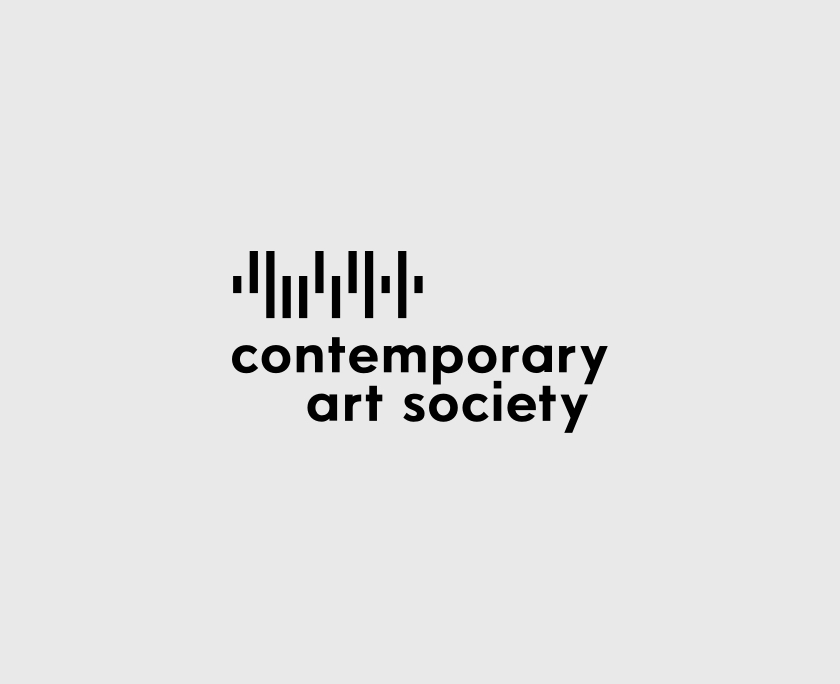Rose Finn-Kelcey studied at Ravensbourne College and then the Chelsea College of Art. She was associated in the 1960s and 70s with the emerging Performance Art scene, as well as with politically active groups such as Artists For Democracy. From the beginning her practice incorporated performance, film, photography and sculpture. Her work frequently commented on the position of women in society as well as on the commercialisation of the art market. One of Finn-Kelcey’s most well-known works, Bureau de Change (1987), was exhibited at Matt’s Gallery in East London. It consisted of £1,000 of coins laid on the floor to reproduce Van Gogh’s Still Life: Vase with Fifteen Sunflowers (1888), which had just sold at auction for a record sum. A security guard watching over the installation was an integral and performative part of the work.
Characters (2006) was made for an important solo exhibition at Milton Keynes Gallery, along with other large sculptures such as Take-Away and Sad and Lonely (all 2006). The works were made in response to the experience of spending a month in China that same year. In preparation for the trip, the artist undertook a course in Mandarin, which enabled her to have a rudimentary understanding of some of the text she encountered while there. At the heart of Finn-Kelcey’s experience in China was the sense of disparity between the popular image of the country as it had taken hold at that time in Britain, and the reality that she encountered when actually there. Thus, her negotiation of Chinese culture through this body of work combines these two quite separate viewpoints. Remote from the sophistication of traditional Chinese calligraphy, Characters borrows the visual idioms and materials of commercial signage and advertising. Vividly coloured and glossy, the Perspex, polystyrene, tin and brass characters bob about on overhead wires – redolent of the dynamism of a burgeoning commercial superpower, as well as the entrepreneurial success of the Chinese diaspora in the UK. The Contemporary Art Society were indebted to the efforts of Rose Finn-Kelcey’s artistic executor and to Andree Cooke for making it possible to donate this work as a gift to Manchester Art Gallery.


